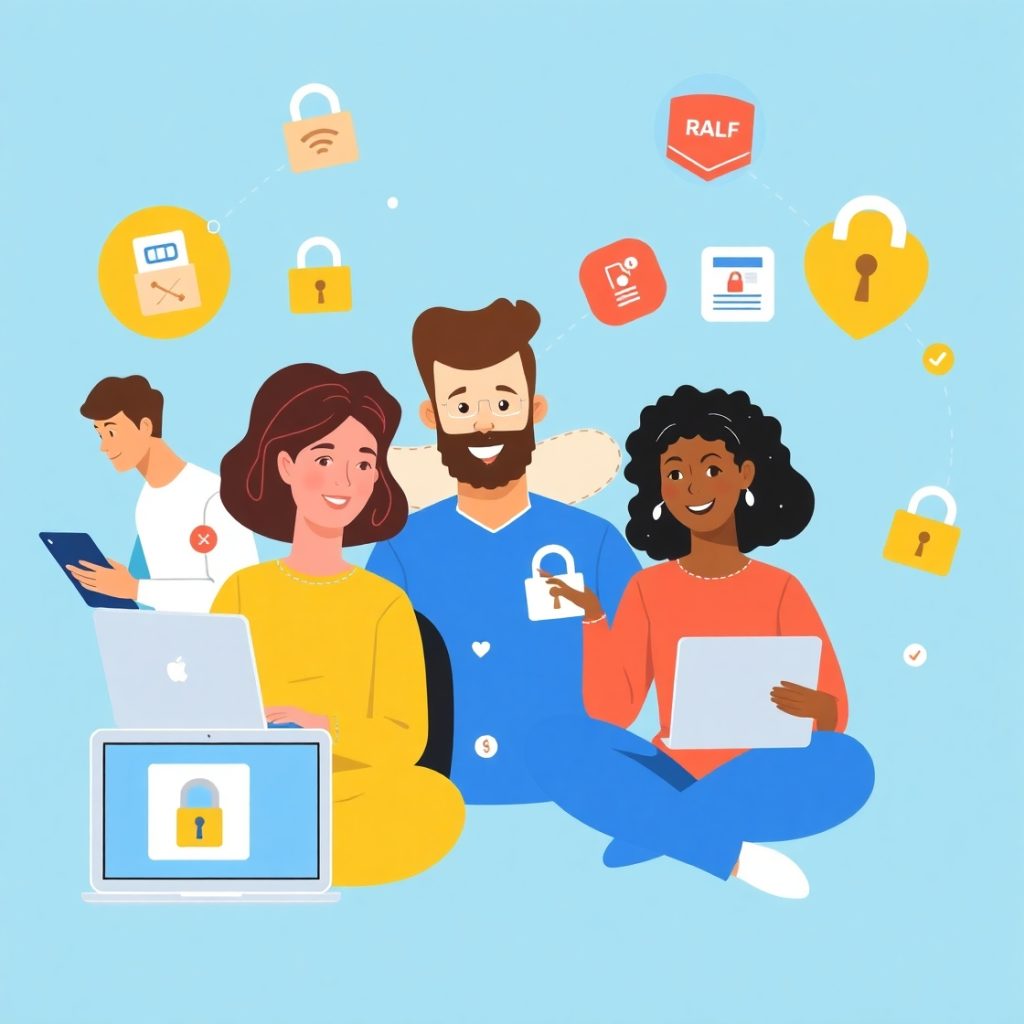
Introduction
The internet is full of useful resources—and lurking dangers. Every click, download, or friend request can carry risk if you’re not careful. In this part of the series, we’ll cover smart habits to help you browse safely, use email wisely, and guard your social presence.
Safe Browsing Habits
- Use HTTPS websites only: Look for the lock icon in the address bar
- Avoid suspicious ads or popups
- Never auto-download files from unknown sources
- Log out after using websites, especially on shared devices
Install browser extensions like uBlock Origin (ad blocker) and HTTPS Everywhere for extra safety.
Email Safety
Phishing emails are one of the biggest cyber threats.
What to watch for:
- Unknown senders or strange addresses
- Spelling/grammar errors
- Urgent tone (e.g., “Act now!”)
- Links that don’t match the displayed URL
Don’t click suspicious links. Verify with the sender directly when in doubt.
Social Media Security
- Keep your profiles private
- Don’t share details like your address, phone number, or daily routine
- Avoid posting your current location in real-time
- Be selective with friend requests and followers
Criminals can use your social data for identity theft, impersonation, or scams.
Conclusion
Cybersecurity is a lifestyle. Practicing safe habits while browsing, emailing, and sharing online is key to preventing attacks. In the final part, you’ll learn what to do if things go wrong—how to detect threats and recover your accounts or data.
Leave a Reply